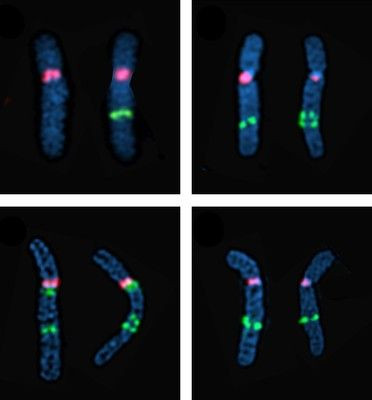Autism Linked To Genome Instability

There are regions of the genome that are "hotspots" of duplications of genetic material. Duplications are rare but can have a significant impact on health and were previously found, in addition to deletions, in 5-10% of patients with autism. By looking at these replications of DNA, researchers have found a link between additional DNA and the risk of autism.
The CDC indicates that the autism rates for children born in the year 2000 and tested in 2008 stood at 1 in 88 children.
The current research found that there were duplicated DNA segments that were found in children with autism that were also found in typically developing children but at higher rates. Additionally, deletions and duplications were seen at far higher rates in children with autism than children with other developmental disorders such as intellectual disability or multiple congenital anomalies.
Researchers found that change in DNA copy number, either by deletions or additions of genetic material, was increased in autistic children that had scored higher on tests looking at difficulty in daily living skills.
"These measures of adaptive behavior provide an indication of the severity of the impairment in the children with autism. These behaviors were significantly correlated with the amount of DNA copy number change," Dr. Scott Selleck of Penn State University said, making the point that the research revealed "clear and graded effects of the genetic change."
Researchers are now interested in the cause an effect. Are the genetic changes causing the symptoms of autism, or are they a side effect of some, yet unknown, factor?
"These results beg the question as to the origin of this genetic change," Selleck said. "The increased levels of both rare and common variants suggests the possibility that these individuals are predisposed to genetic alteration."
This furthers the debate of nature versus nurture with respect to autism development. The hunt has been going strong to determine if genetic factors alone contribute to the developmental issues or if environmental factors are the key in unlocking the root cause of the disease.
"We know that environmental factors can affect the stability of the genome, but we don't know if the DNA copy number change we detect in these children is a result of environmental exposures, nutrition, medical factors, lifestyle, genetic susceptibility, or combinations of many elements together," Selleck said. "The elevated levels of common variants is telling us something. It suggests that pure selection of randomly generated variants may not be the whole story."
But for now this remains a chicken or egg scenario.
The research published in the journal Human Molecular Genetics can be found here.
Published by Medicaldaily.com



























